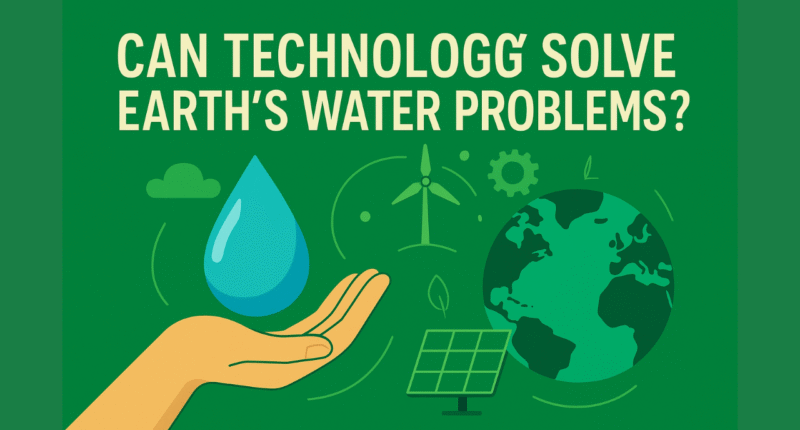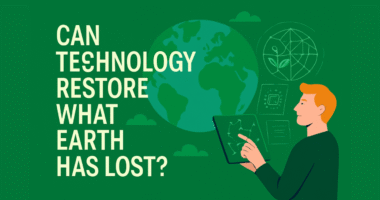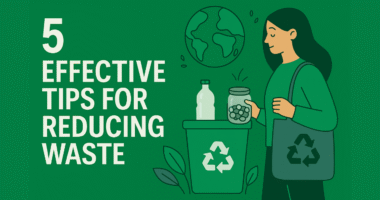Water is one of the most essential resources for life on Earth. Yet billions of people still struggle with access to clean and safe drinking water. With growing populations, climate change, and industrial pollution, the global water crisis has become one of the most urgent challenges of our time. The question is: can technology solve Earth’s water problems? The answer is promising, as modern innovations are already changing how we find, purify, and conserve water.
The Global Water Crisis
Today, nearly 2 billion people live in areas with limited access to clean water. Droughts, mismanagement of resources, and pollution are worsening the situation. By 2050, experts predict that half of the world’s population could face severe water shortages if no action is taken. Traditional solutions are not enough—this is where technology steps in.
Advanced Water Purification Systems
One of the most effective uses of technology in tackling water scarcity is water purification.
-
Desalination plants: These facilities convert seawater into drinkable water using advanced membranes and energy-efficient methods. Countries like Saudi Arabia, Israel, and the UAE rely heavily on desalination.
-
Portable filtration devices: Lightweight water filters are now saving lives in disaster zones and rural communities by instantly purifying contaminated water.
SEO Keyword Tip: “Advanced water purification systems” and “desalination technology” are strong search terms.
Smart Water Management with IoT
The Internet of Things (IoT) is transforming how we manage water resources. Smart sensors can detect leaks in city pipelines, monitor groundwater levels, and optimize irrigation for farmers. This helps reduce waste and ensures water is used efficiently.
Example
In Singapore, smart water management systems track usage in real-time, reducing waste and ensuring long-term sustainability.
Recycling and Reuse Technologies
Water recycling is another solution driven by innovation. Modern treatment plants can now recycle wastewater and convert it into safe drinking water. While once considered controversial, this technology has already been implemented in parts of the United States, Australia, and Africa.
Pro Tip
Promoting the idea of “wastewater as a resource” helps reduce pressure on freshwater supplies.
The Role of Renewable Energy in Water Solutions
Energy and water are closely connected. Using renewable energy, such as solar and wind, to power desalination plants or purification systems reduces costs and carbon emissions. This makes large-scale water treatment more sustainable and environmentally friendly.
Example
Solar-powered water pumps in Africa are providing clean water to thousands of rural communities.
Challenges Technology Must Overcome
While technology is promising, it’s not a complete solution. High costs, unequal access, and infrastructure limitations remain major challenges. Governments, private companies, and communities must work together to make these solutions accessible worldwide.
Conclusion
Technology alone cannot end Earth’s water problems, but it offers powerful tools to combat the crisis. From desalination and water recycling to IoT-based management and renewable energy solutions, innovation is helping us move closer to a sustainable future. With global cooperation and investment, technology can play a key role in solving Earth’s water problems and ensuring that every person has access to clean, safe water.









